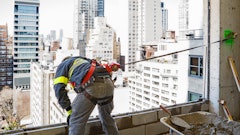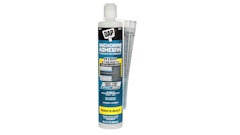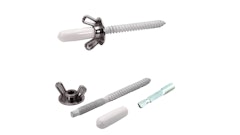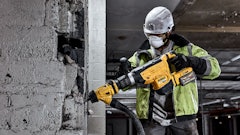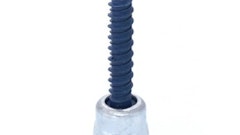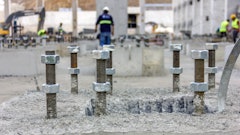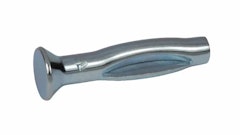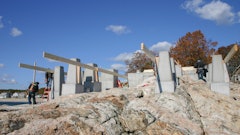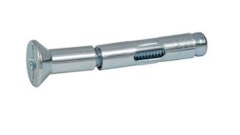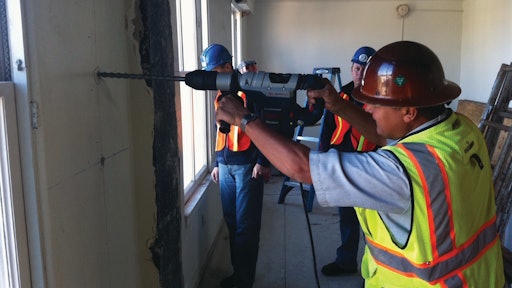
Setting chemical anchors properly is an important component of concrete construction in the United States. Proper depth, thorough cleaning processes, use of the correct power tool and bit, and how to use adhesive correctly are critical in ensuring flawless results and best practices.
An anchor is defined as a steel element either cast into concrete or post-installed into a hardened concrete member. Anchors can be used to apply loads, including headed bolts, hooked bolts (J- or L-bolt), headed studs, expansion anchors or undercut anchors. The anchoring process begins with a drill bit that meets American National Standards Institute (ANSI) tolerance requirements. This specification is dependent upon the diameter of the bit.
Location of the hole is important and good measurement and detection is a key. Advanced detection equipment, including ground-penetrating radar, x-ray and pach-o-meter (metal detector) can be used to locate embedded items in the slab and avoid post-tension cable or rebar. A rebar cutter can be employed to get through the steel reinforcement, but a structural engineer needs to determine whether cutting through rebar hurts the stability of the structure.
Here are some guidelines to follow in ensuring proper anchoring in concrete:
- Hole Size: Hole size must meet the adhesive manufacturer’s specifications for proper placement along with bit specs (typically ANSI). Consulting the Manufacturers’ Printed Installation Instructions (MPII) sheet that’s provided with the anchors offers details, including drilling method, drill bit size, and depth and diameter of pre-drilled hole. Using an improperly sized drill bit can lead to reduction in load capacity of the anchor.
- Hole Depth: Hole depth represents the length of the anchor and applies to the condition of the borehole prior to anchor insertion. Holes drilled vertically are required to be within 3 degrees of specified angles.
- Drilling: Use the depth gauge on the rotary hammer to set proper drilling depth for the anchor hole. The other option is to use tape on the bit, or permanent marker, to physically mark depth. The concern with tape and a marker is accuracy — the tape can be easily removed by contact with concrete and a mark can be covered with dust. Applying tape ½ inch above hole depth is another strategy, but that requires intense focus to ensure depth accuracy is not compromised.
- Cleaning: Preparing the borehole is probably the most important step in the anchor- installation process. A study by Worchester Polytechnic Institute showed a roughly 50 percent decrease in load capacity for a given anchor if the hole is not prepared properly. Blowing the dust out of the borehole may not be enough. Blowing the hole with air and brushing the borehole with an appropriately sized brush (not too small in diameter) will ensure that the hole is clean of dust and debris. It’s best to blow the hole with compressed air a second time after using the brush.
- Dispensing: Set up the tool to inject the chemical (epoxy or acrylic) needed, making sure the mixture has not expired and that it has been stored at the correct temperature. This process requires the user to express the mixture on another surface until it shows a uniform color. Press the nozzle to the bottom of the hole and dispense working to avoid air gaps and voids. As a general rule, the hole should be filled two-thirds.
Concrete anchoring is an important job on any construction site. Perfection is expected and poor execution can result in genuine catastrophe. Following these simple tips will help you arrive at concrete anchor installation excellence.







